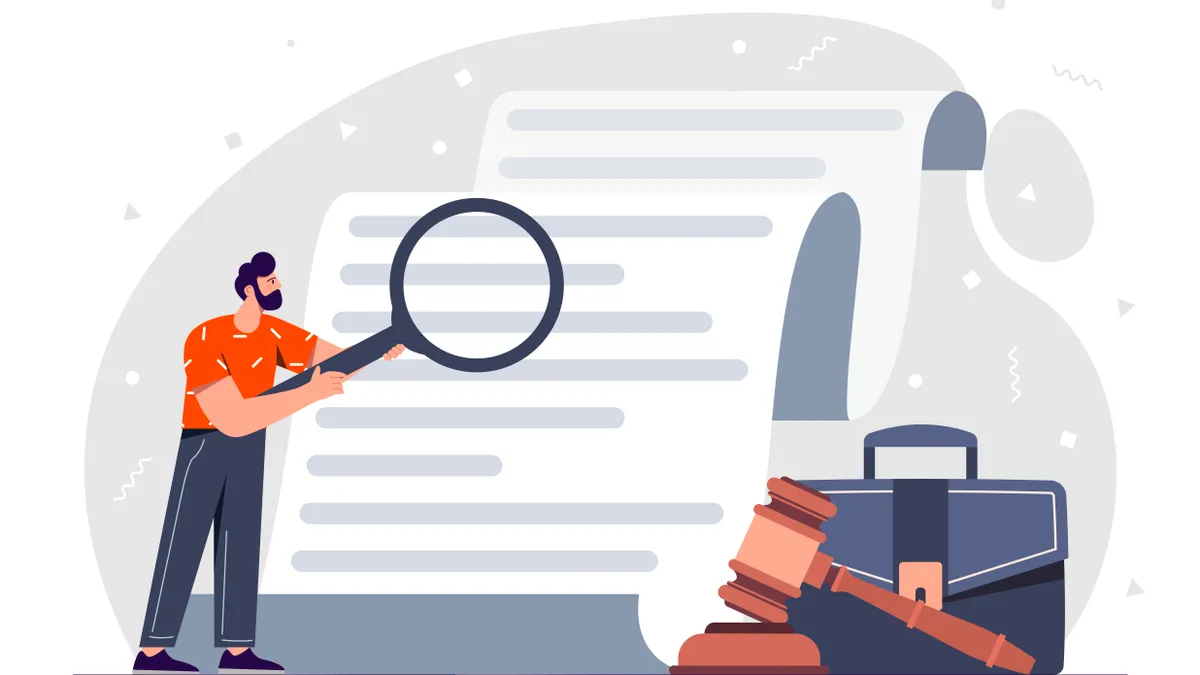The value of an eDiscovery colleague isn’t just on managing the collection and retention process, but in helping you come up with questions you want the process to answer. This will assist you in formulating the story you want to tell as the litigation unfolds, Tyler O’Halloran, a partner at Allensworth & Porter, said in an Everlaw webcast.
“If you’re unfamiliar with the capabilities [your eDiscovery manager uses], you often don’t know there are answers to a question you can ask,” said O’Halloran, who works with companies on construction disputes. “What’s the problem you’re trying to solve?”
Lisa Fabian, director of eDiscovery solutions at Hanson Bridgett, said she tries to help attorneys determine what they’re looking for by sharing results she gets early in the collection process so they can start refining right away.
“We immediately start with the visualization [of results] and use clustering to try to find any themes in the data,” she said.
Clustering creates computer-generated suggestions of what to look for based on your initial set of terms.
“The clustering [can help find] terms or patterns we haven’t yet identified,” she said.
“You’re like a detective out there gathering clues,” said O’Halloran. “You can’t tell the whole story right away, so you're picking up tidbits and crumb trails, eventually zooming out to see a story.”
Story development
The story doesn’t tend to come together until you get into depositions, O’Halloran said, but what the depositions look like are influenced by early decisions you make on what to look for.
The deposition process, he said, “is when you’re marrying the live testimony of what the other side is going to say with showing what you have behind your cards – how they’re going to react to that and how they’re going to try to wiggle around it.”
The documents you get during discovery are key, because you can use them to expose where the other party is being inconsistent.
“They [might] have a good story to wiggle out of email on Monday, [but] when you show the email on Sunday that says something different and that’s not something they’ve seen yet, you can show them that when you get to trial and it looks real bad.”
Those kinds of tactics are what O’Halloran calls opposing-party storytelling. That’s a very different thing than the affirmative storytelling you want to present about your side.
“That’s going to be focused a lot less on documents and more on story development,” he said.
But even though the focus is on story narrative and not documents, the collection plan you put together with your eDiscovery colleague is key, because whatever story you want to showcase must match up with the documents you’ve collected.
“You’d better be sure it matches up with the contemporaneous record, because that’s what they’re going to get on cross examination,” he said.











